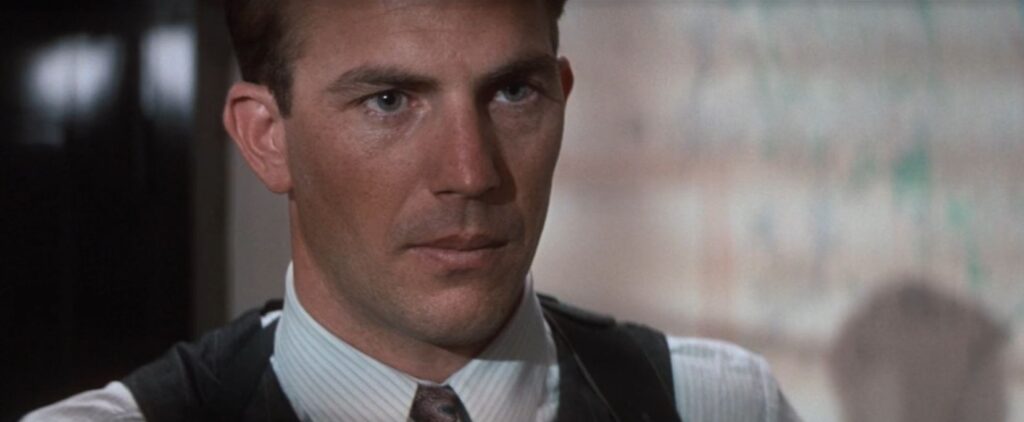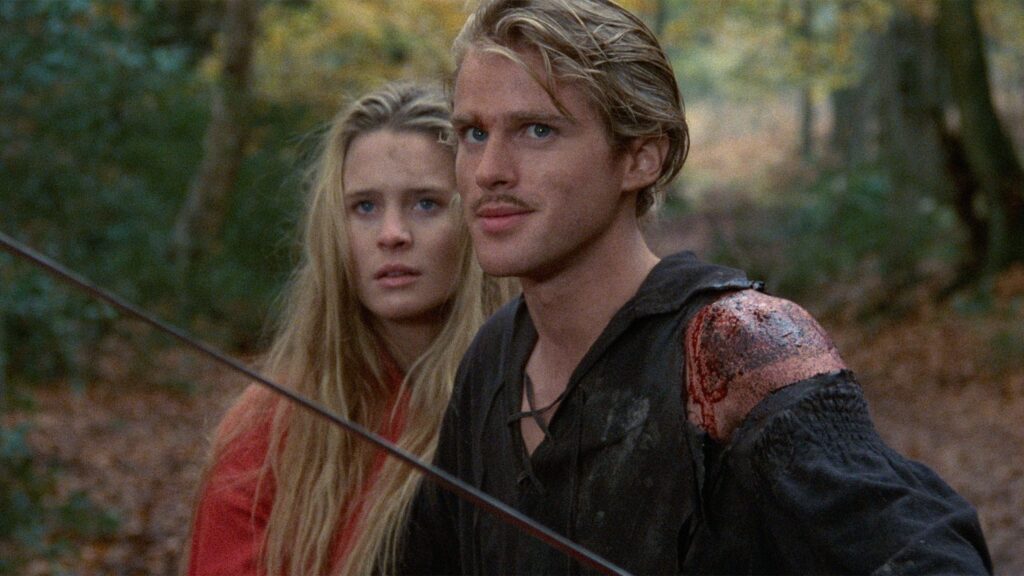Withnail and I (1987): A Cult Classic’s Journey Through Despair & Comedy – Film Review

The 1987 film “Withnail & I,” directed by Bruce Robinson, has long held its status as a cult classic within British cinema. Its depiction of two struggling actors at the tail end of the 1960s in London, who decide to escape their squalid flat for a disastrous holiday in the countryside, resonates with themes of desperation, ambition, and friendship, all wrapped in sharp wit and poignant observation.
Crafting the Narrative of Despair and Humor
“Withnail & I” is renowned for its rich, eloquent dialogue and the profound character study of its leads, Withnail and the unnamed “I” (referred to as Marwood in the screenplay), portrayed by Richard E. Grant and Paul McGann, respectively. The narrative thrives on the contrast between their lofty thespian aspirations and the stark reality of their unglamorous lives, creating a backdrop ripe for both comedy and tragedy.
Behind the Scenes: Robinson’s Semi-Autobiographical Script
Director Bruce Robinson based much of the film’s material on his own experiences as a young actor in London, lending an authenticity and personal touch to the story. This semi-autobiographical element adds depth to the characters’ misadventures, filled with failed auditions, lack of funds, and an unrelenting sense of doom about the future.
Robinson’s script underwent numerous drafts and faced several challenges before it was brought to the screen. The difficulty in securing funding due to the script’s unconventional narrative and lack of commercial appeal is part of the lore that surrounds the film’s troubled pre-production phase.
The Chemistry of Desperation: Grant and McGann
Richard E. Grant’s portrayal of Withnail is iconic, embodying the flamboyant, tragicomic essence of a washed-up actor who is both lovable and pitiful. Grant, who was relatively unknown at the time, delivered a performance that was both over-the-top and deeply human, contributing significantly to the film’s lasting appeal. Paul McGann, as Marwood, provides the perfect counterbalance with his more restrained and anxious portrayal, offering a window into the sanity that slowly unravels in the face of Withnail’s outrageous antics.
Their on-screen chemistry is palpable, reflecting the deep bond and underlying tensions that define their friendship. The dynamic between Withnail and Marwood drives much of the film’s emotional core, highlighting themes of dependency, fear, and the struggle for identity.
Cinematic Style and Setting
The film’s setting plays a crucial role in its narrative impact. The grimy London apartment and the bleak, unwelcoming countryside serve as external manifestations of the characters’ internal landscapes. Cinematographer Peter Hannan captures the stark contrast between the urban and rural settings with a visual style that complements the film’s mood of decay and disillusionment.
Soundtrack and Period Authenticity
The soundtrack of “Withnail & I,” featuring pieces from King Curtis and a score by David Dundas and Rick Wentworth, mirrors the film’s shifts from melancholy to manic energy. The selection of songs from the late ’60s, along with the carefully chosen period details in costume and set design, authentically recreate the era’s atmosphere, adding to the film’s gritty, nostalgic charm.
Dissecting Key Scenes: The Heart of “Withnail & I”
The film “Withnail & I” is packed with scenes that brilliantly encapsulate the struggles and absurdities of Withnail and Marwood’s life, providing a window into the human experience through the lens of dark humor and poignant moments.
The Opening Sequence: The introduction of Withnail and Marwood, set against the grim backdrop of their dilapidated Camden flat, immediately sets the tone for the film. The squalor and despair of their living conditions contrast sharply with their articulate and theatrical dialogue, establishing the film’s unique blend of comedy and tragedy. This juxtaposition is a recurring theme, illustrating the gap between their grandiose self-images and their harsh realities.
The Trip to the Countryside: As the duo ventures into the countryside, the film shifts from the claustrophobia of London to the expansive, yet equally oppressive, rural landscape. This shift is not just physical but metaphorical, highlighting their escape from one form of confinement to another. The sequence at Crow Crag, the uncle’s decrepit cottage, is filled with comedic misadventures that underscore their utter unpreparedness for rural life, symbolizing their broader disconnect from reality.
The Encounter with the Bull: One of the film’s most memorable scenes occurs when Marwood faces a bull in a field. This moment of confrontation is both literally and metaphorically charged, representing Marwood’s growing realization of his need to confront his fears and make decisive changes in his life. The scene is shot with a blend of terror and absurdity, encapsulating the film’s ability to balance humor with deeper existential themes.
Behind the Camera: Production Challenges and Achievements
Shooting on a Shoestring: “Withnail & I” was made on a modest budget, which influenced many aspects of production, from set design to shooting schedules. The film’s crew had to employ creative solutions to achieve its distinctive look and feel. For instance, the use of specific lighting techniques and filters helped enhance the washed-out, bleak aesthetic that complements the film’s mood.
Directorial Vision: Bruce Robinson’s direction was pivotal in maintaining the film’s delicate balance between the comedic and the tragic. Robinson, who also wrote the screenplay, infused the film with personal experiences and a deep understanding of the characters’ psyches, which is evident in the film’s authentic dialogue and well-crafted scenes.
Critical Reception and Retrospective Appreciation
Upon its initial release, “Withnail & I” received mixed reviews but has since been recognized as a landmark in British cinema. Critics have lauded the film for its witty script, compelling characters, and its ability to evoke both laughter and sympathy. Its examination of themes such as friendship, despair, and the search for meaning has garnered deeper appreciation over the years.
Film scholars and critics often cite “Withnail & I” as a quintessential example of a cult classic that has influenced not just cinema but also popular culture. Its quotable lines and iconic scenes have permeated various media, from books to music, demonstrating its wide-ranging impact.
Legacy of “Withnail & I”
The legacy of “Withnail & I” as a hidden gem in the Coen Brothers’ oeuvre is secured not only by its artistic achievements but also by its enduring relevance. The film’s exploration of universal themes through the lens of specific historical and cultural contexts makes it a timeless piece. Moreover, its influence on independent filmmaking, particularly in terms of character development and narrative style, continues to be felt today.
In sum, “Withnail & I” remains a profound cinematic experience that combines the absurd with the tragic, providing a rich tapestry of themes and emotions that resonate with audiences across generations. Its status as a cult classic is well-earned, with each viewing uncovering new layers of humor, humanity, and insight.




